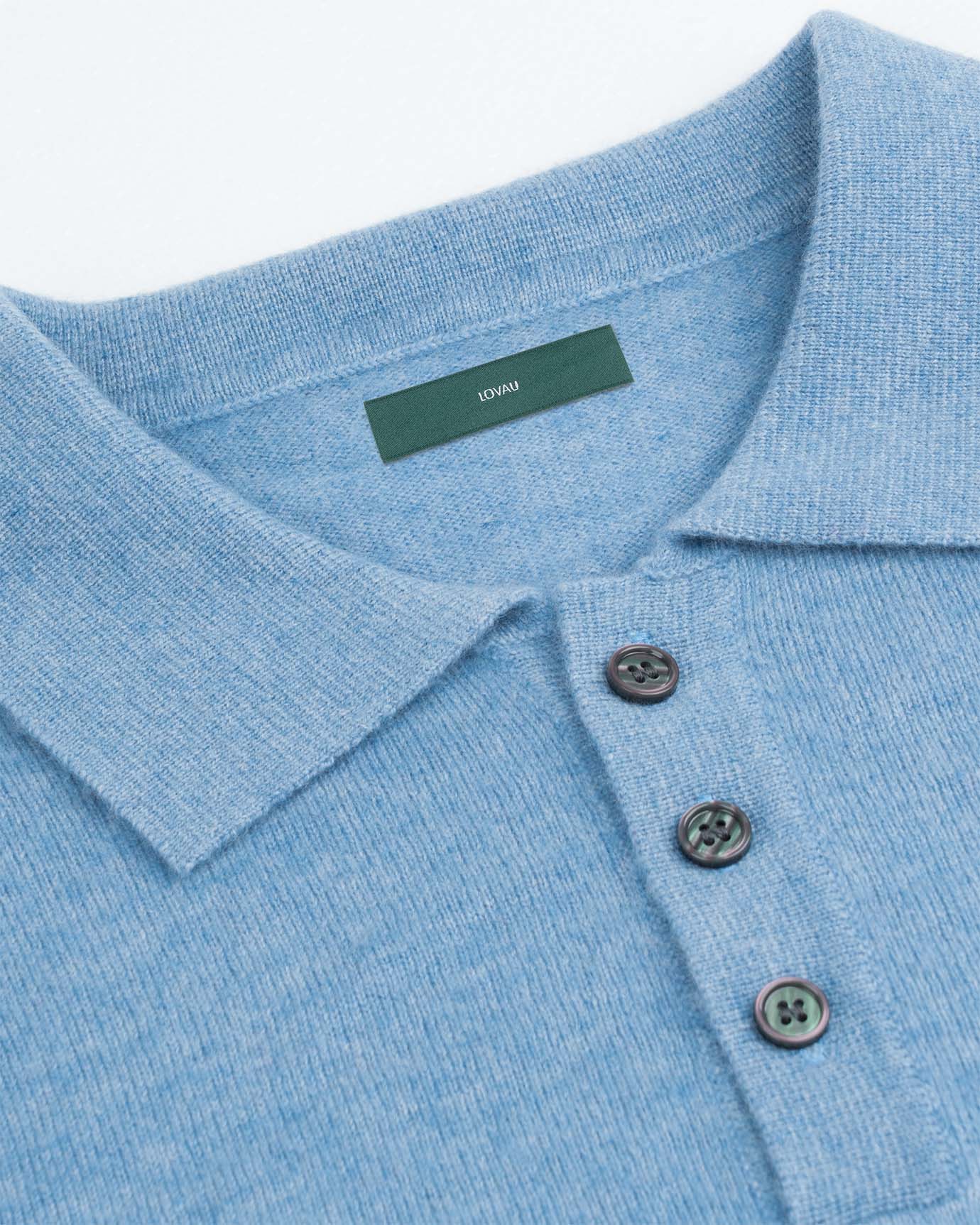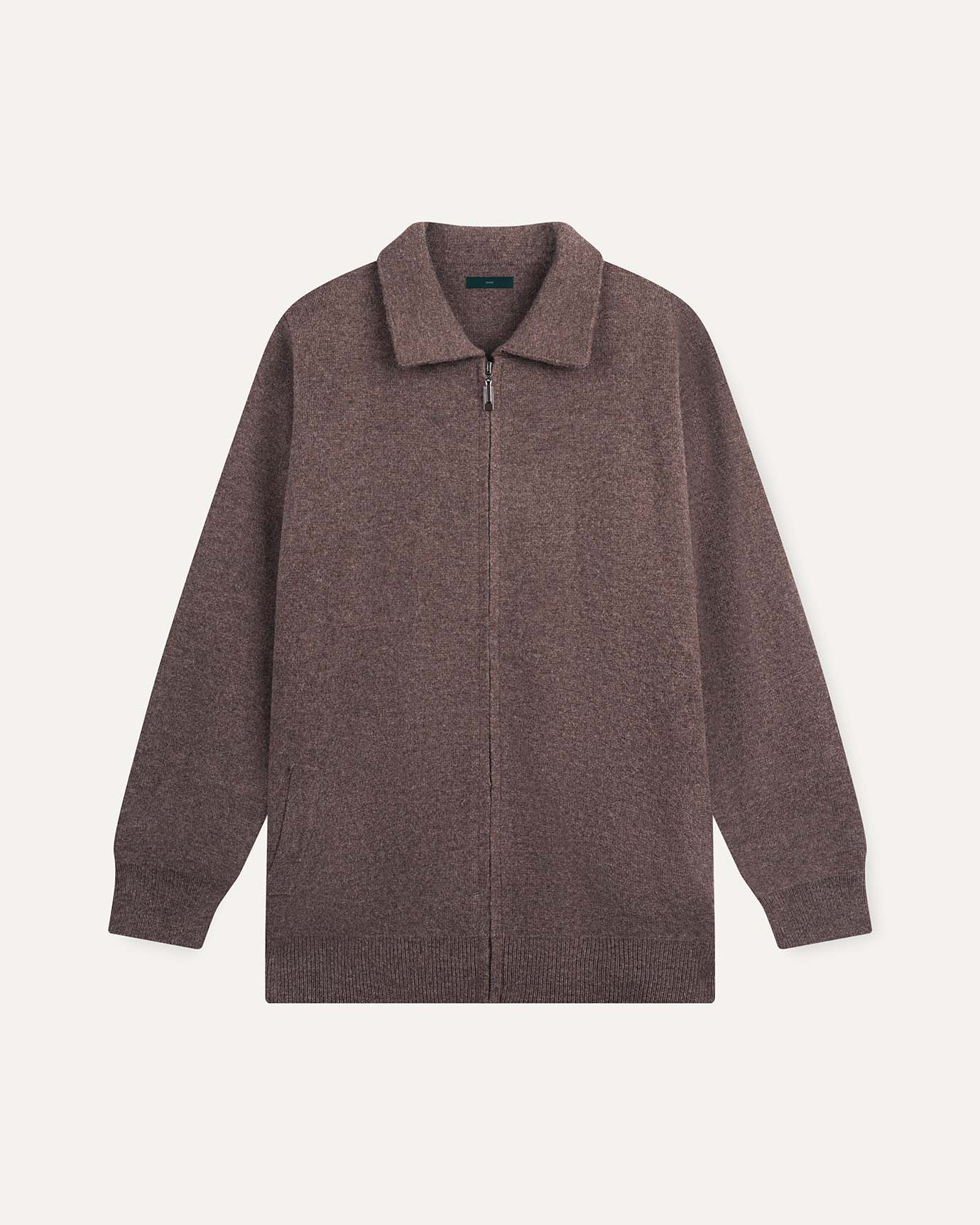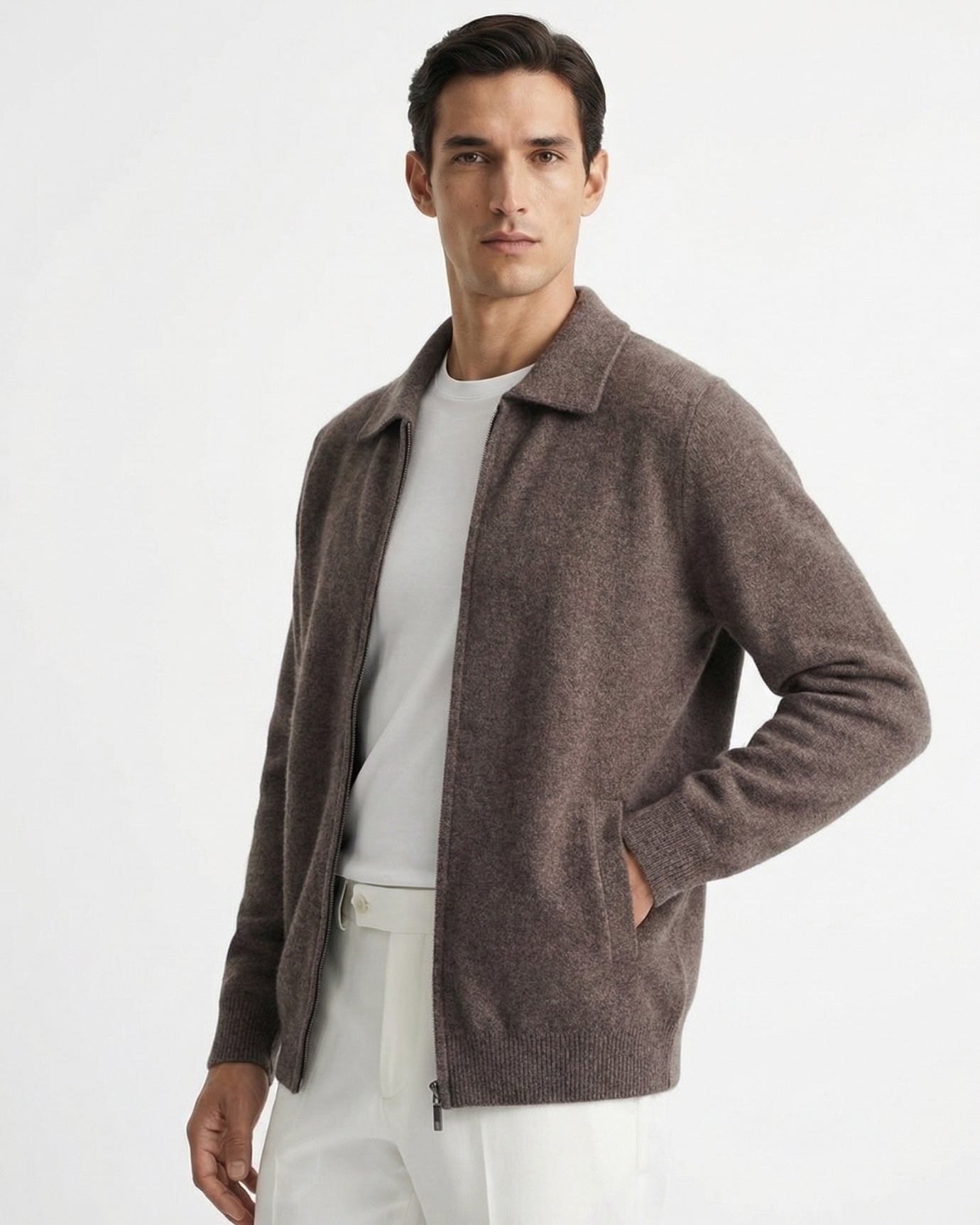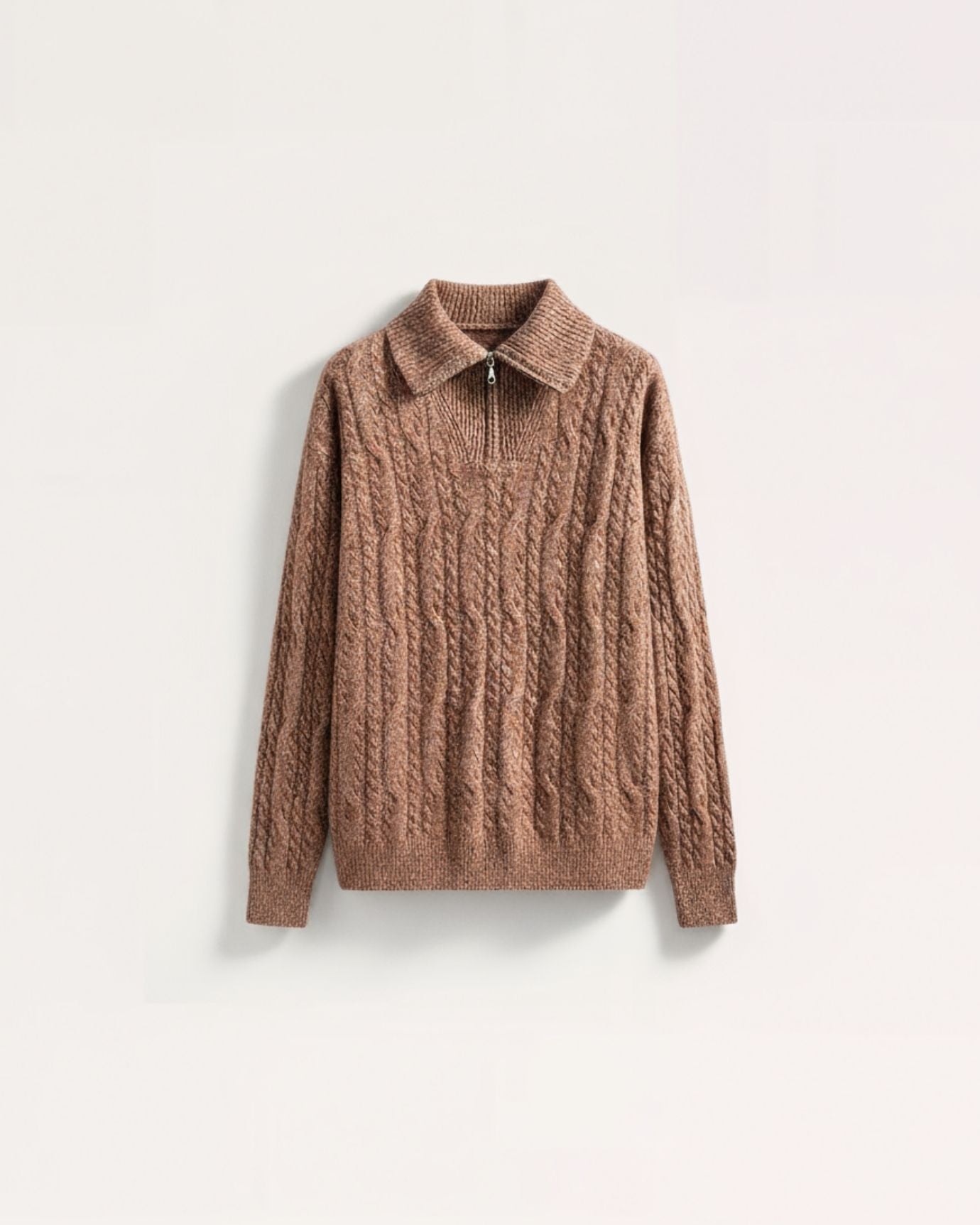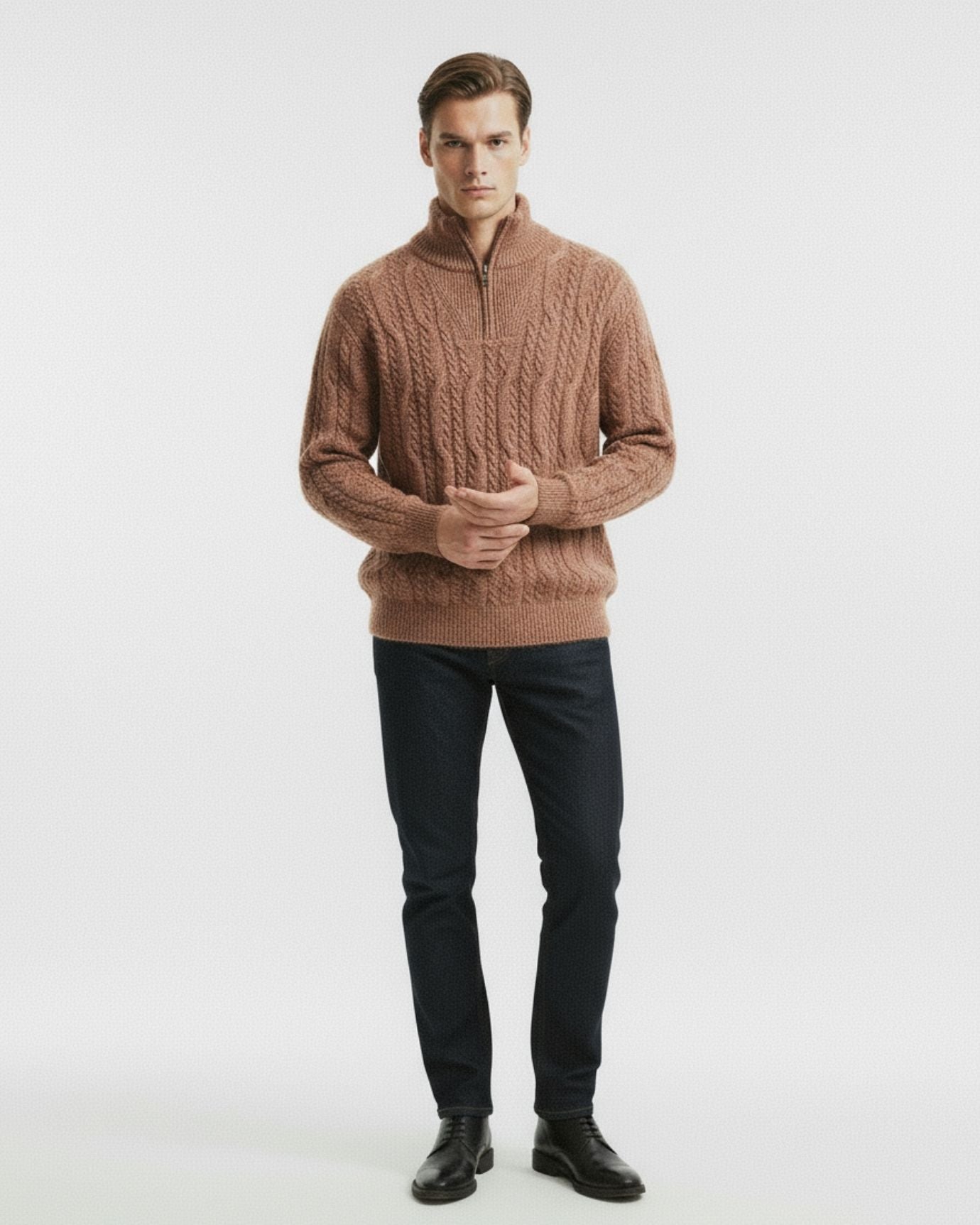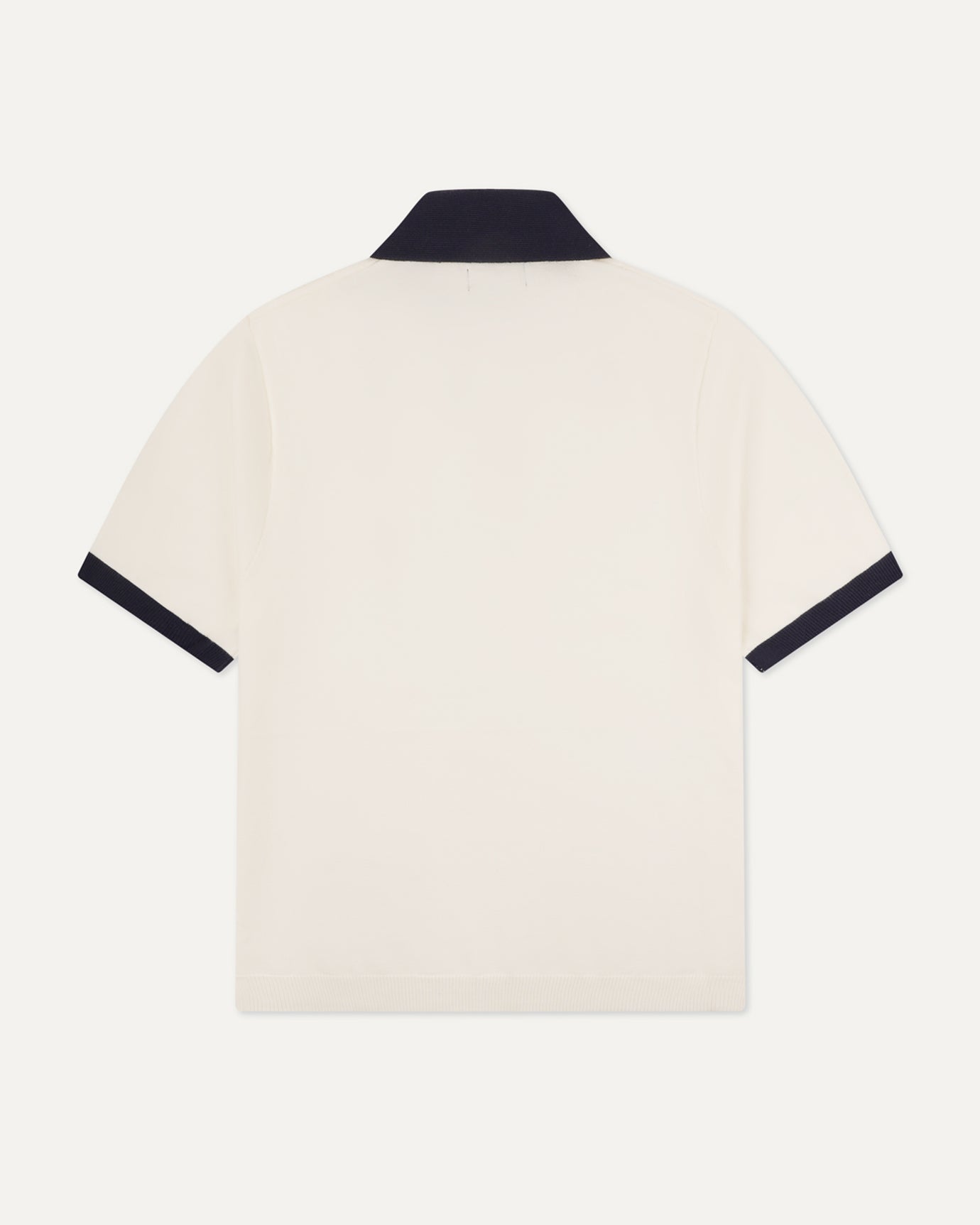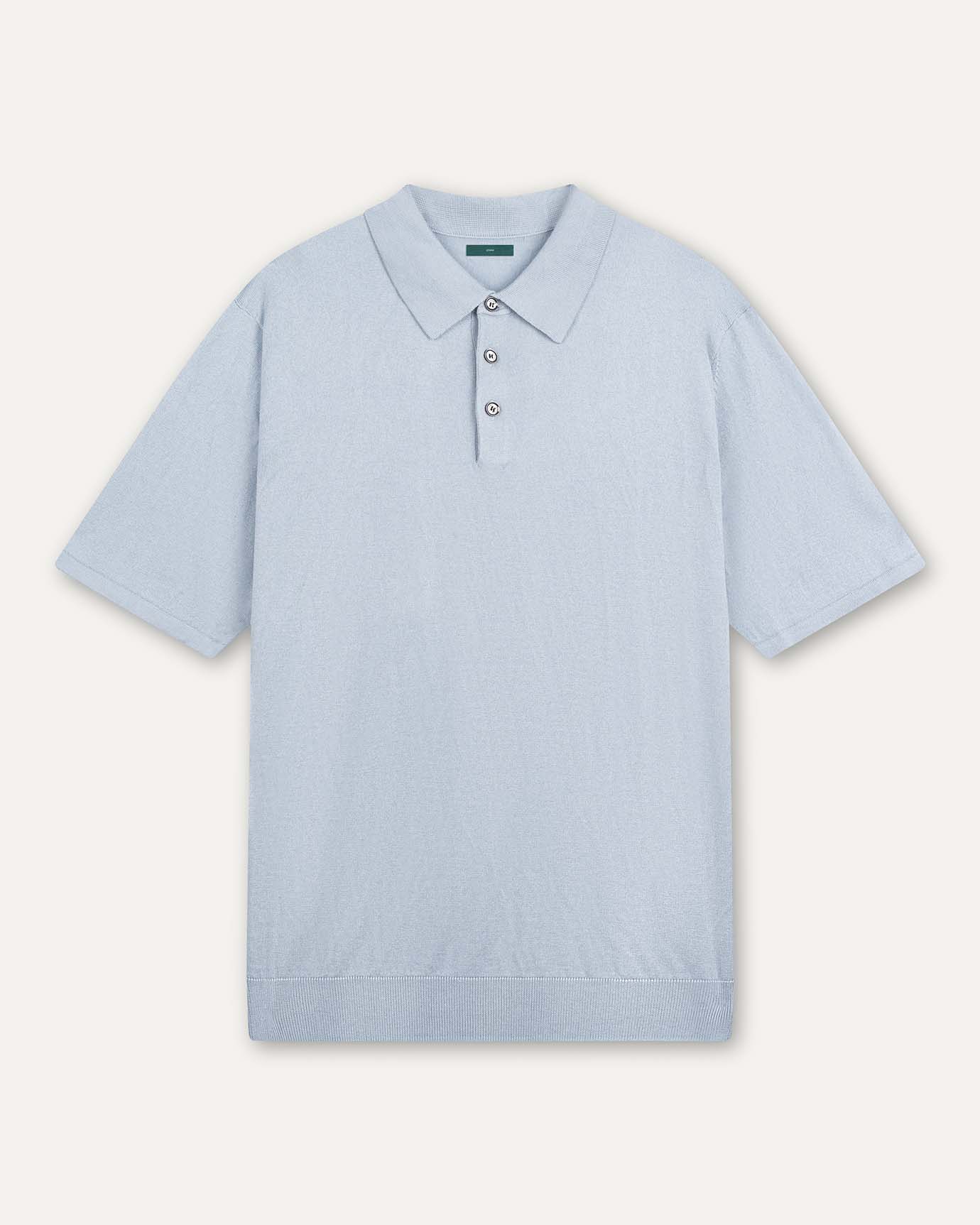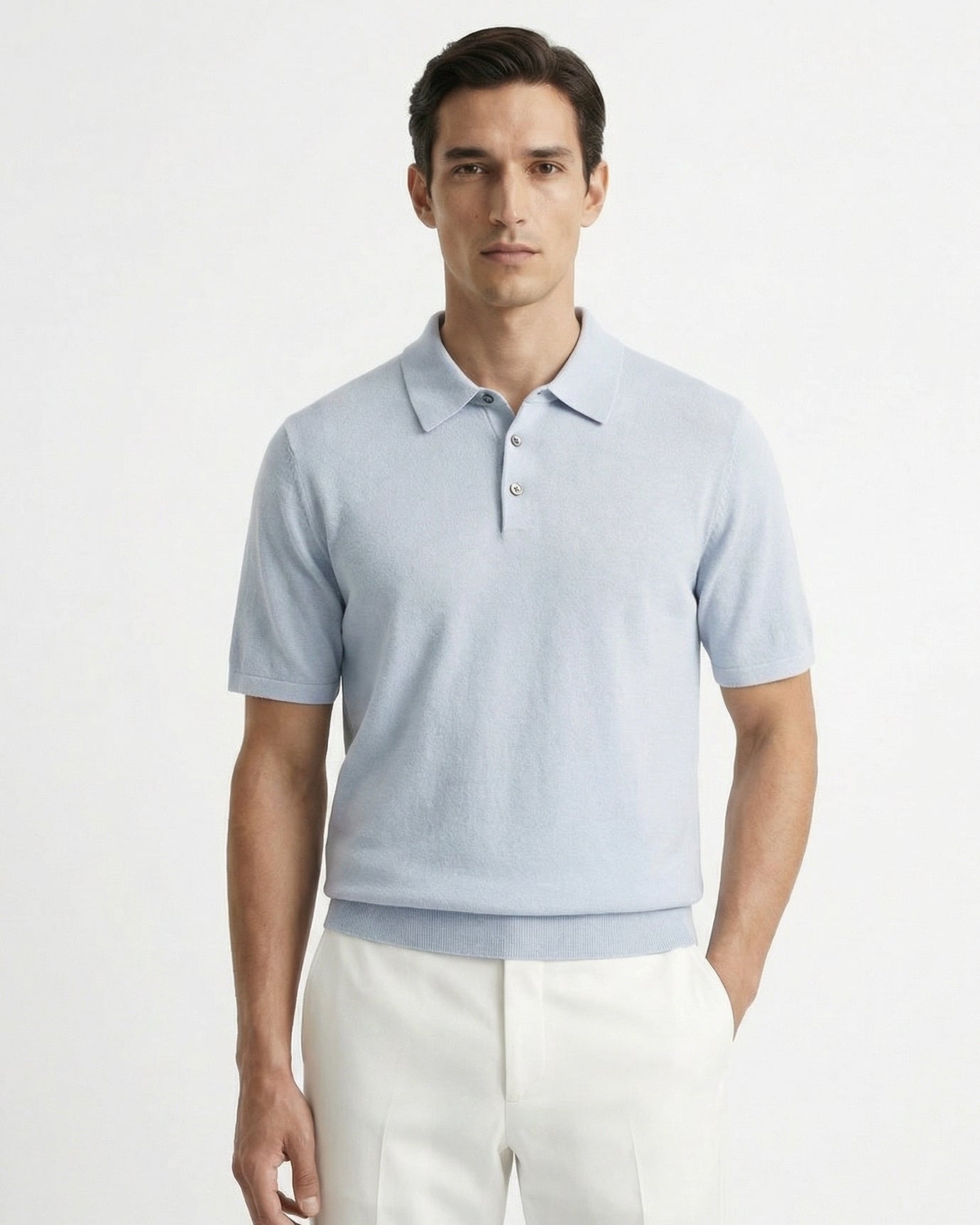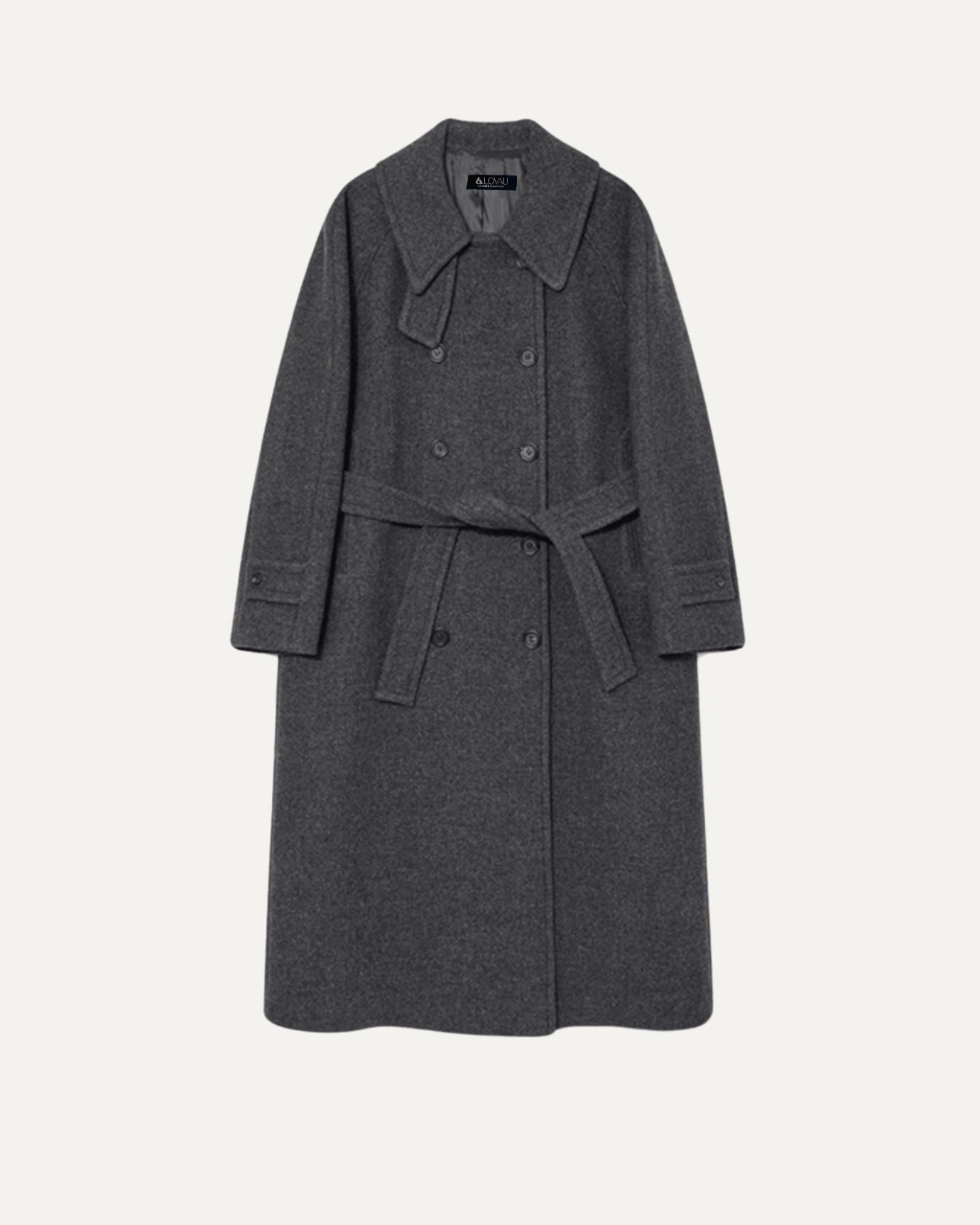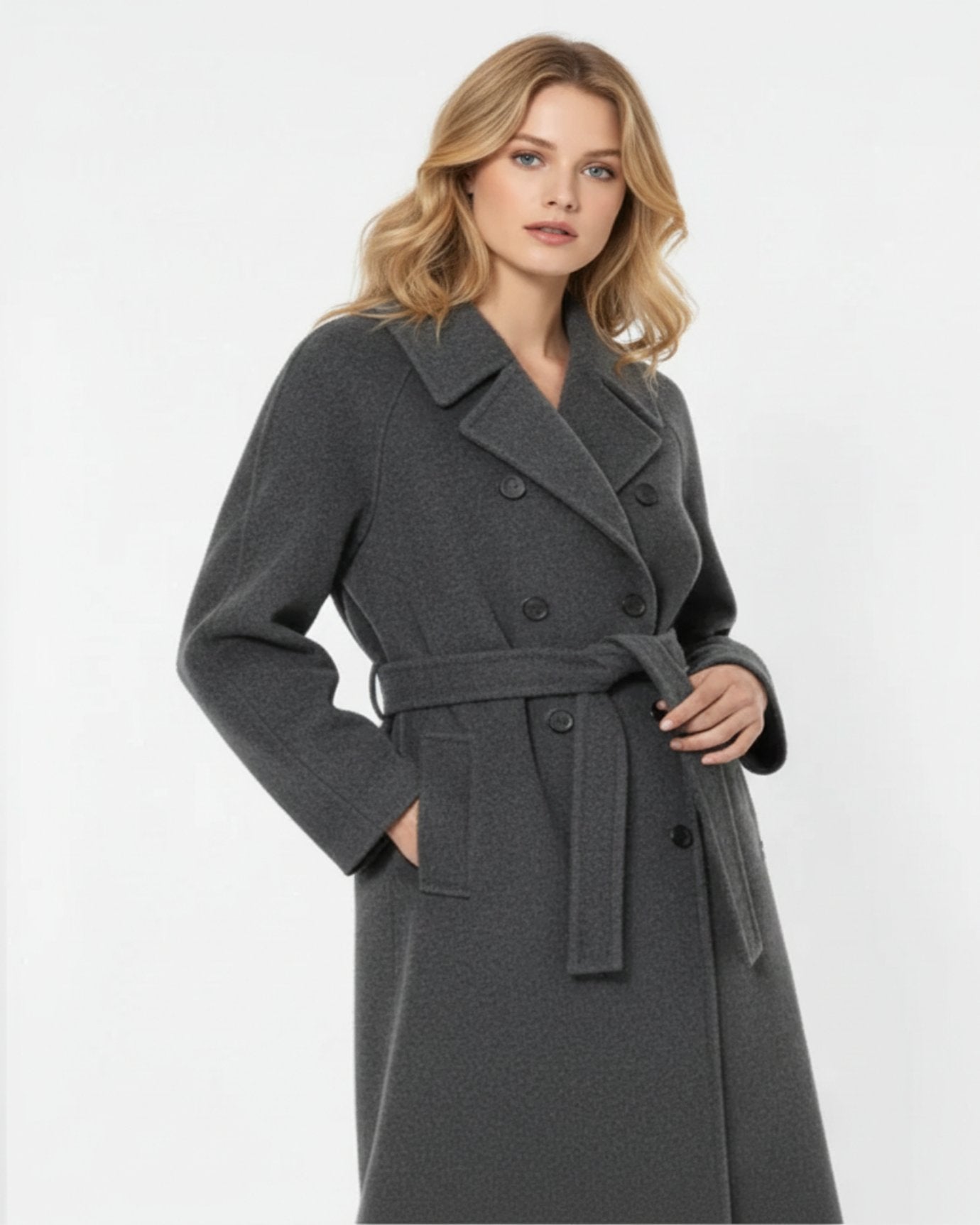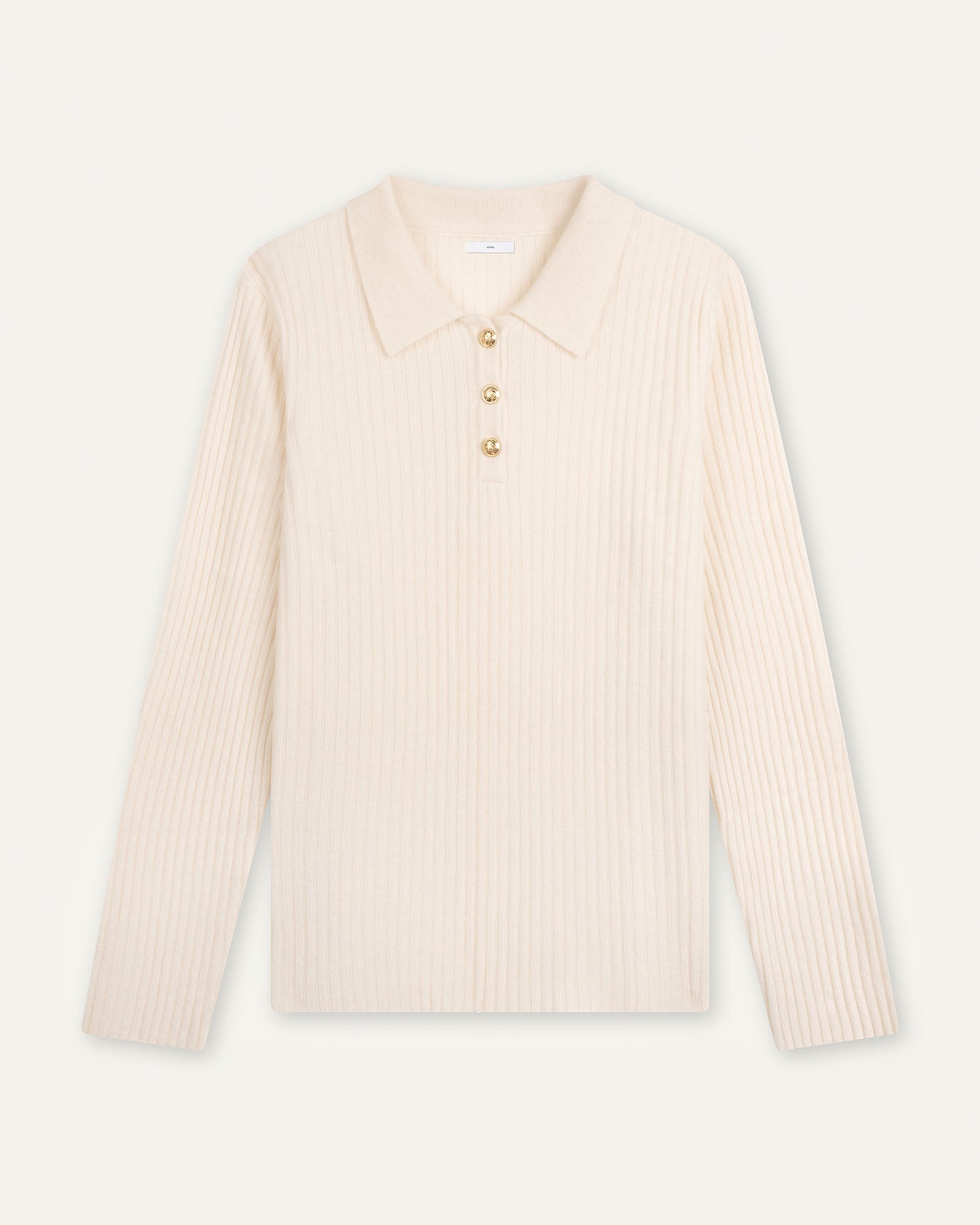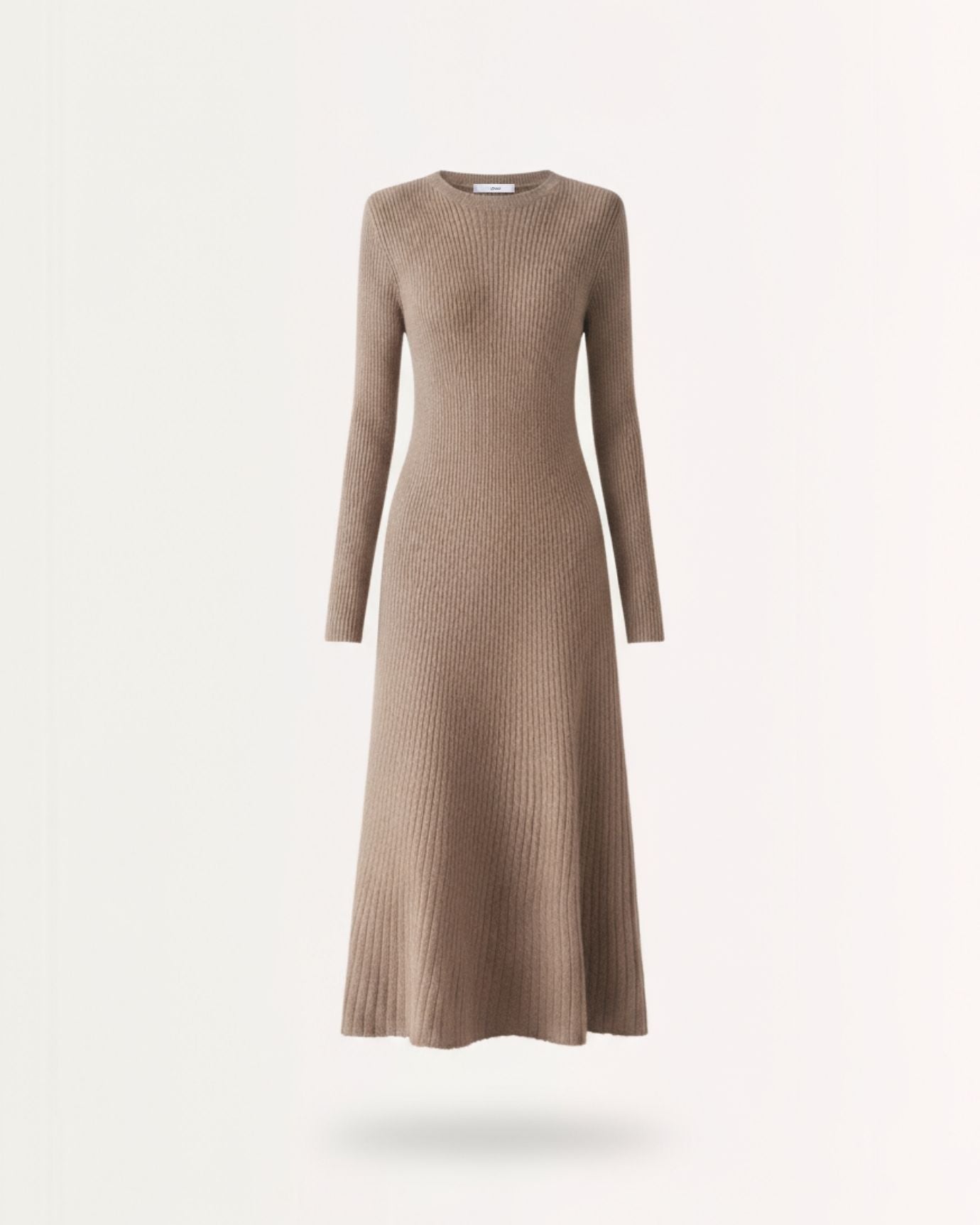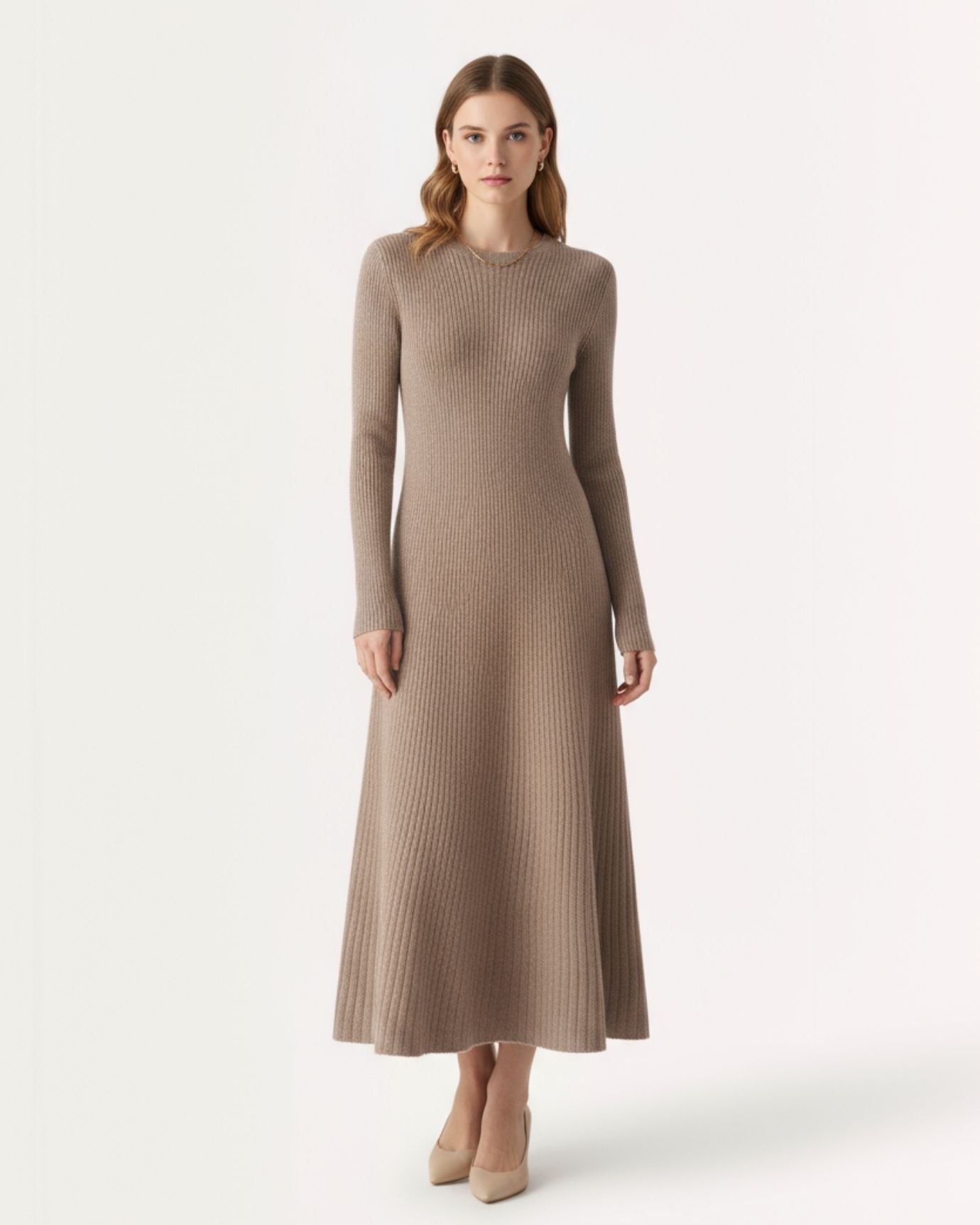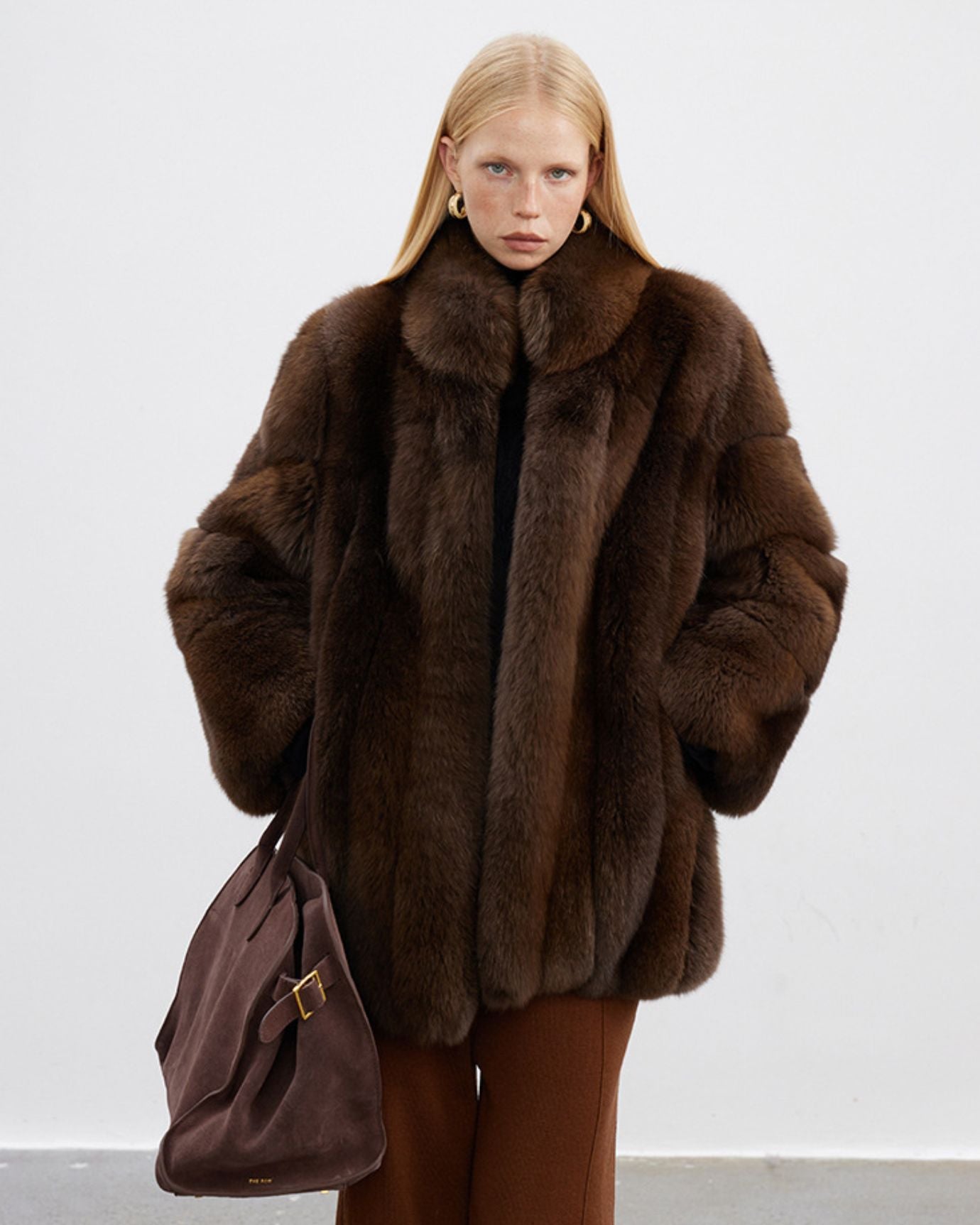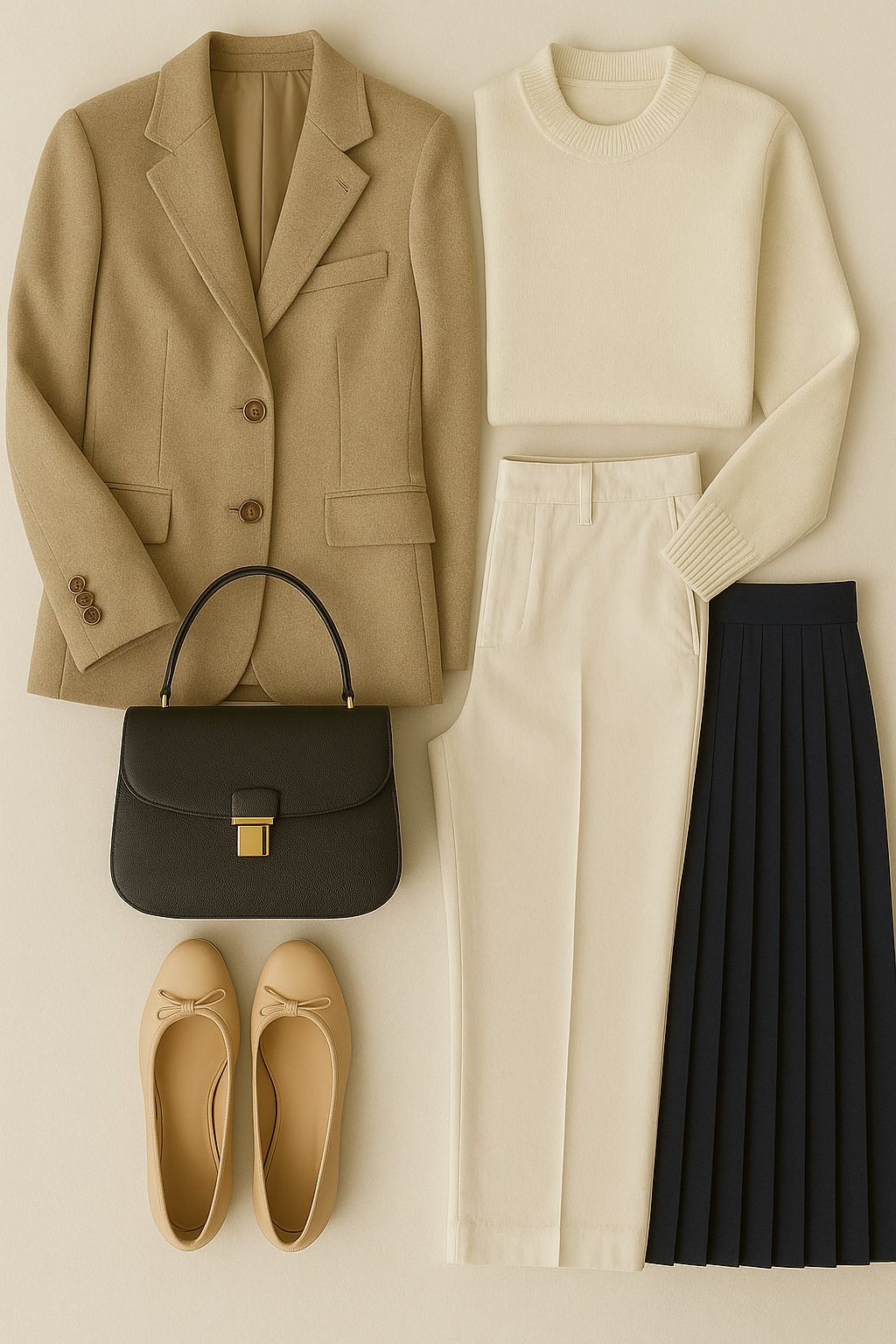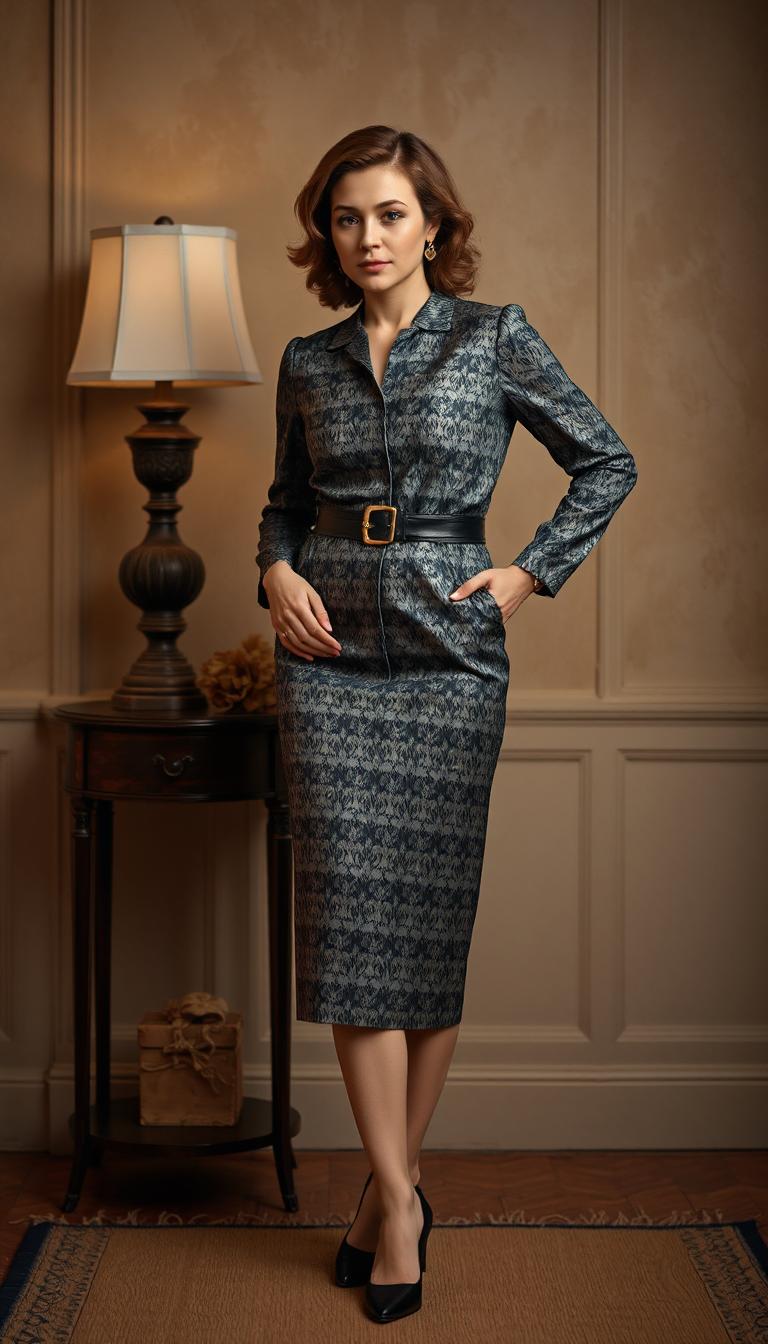
Old Money Style vs. New Money: What’s the Real Difference?
The clash between Old Money style and New Money fashion is more than a matter of taste-it reflects deeper values, attitudes, and lifestyles. Both represent wealth, but how that wealth is expressed through clothing and behavior can be drastically different. In this blog, we explore the key differences between these two luxury aesthetics, their historical roots, cultural influence, fashion icons, and how to recognize and even blend elements of each style in today’s fashion world.

What Is Old Money Style?
Old Money fashion is defined by subtlety, restraint, and tradition. It is the aesthetic of inherited wealth, refined over generations and rooted in elite education, classic taste, and timeless values. This style communicates confidence through refinement, not flamboyance.
Key characteristics include:
-
Neutral and muted tones (beige, navy, olive, white)
-
High-quality, natural fabrics like cashmere, wool, and cotton
-
Minimalist accessories with understated elegance
-
Tailored garments and classic silhouettes
-
A lack of visible logos or trends
Old Money dressers often opt for versatile pieces that can be worn across seasons and occasions. Their wardrobes prioritize longevity and cohesion, often with heirloom-quality garments passed down within families.
This style isn’t about standing out-it’s about blending in with quiet confidence and timeless elegance. From well-cut blazers to neatly pressed trousers, Old Money fashion emphasizes grooming, modesty, and discretion.
What Is New Money Style?
In contrast, New Money fashion is bold, trendy, and unapologetically flashy. It’s about showcasing recent wealth and success, often through statement pieces and recognizable designer labels.
Key characteristics include:
-
Vibrant colors and bold prints
-
Heavy use of logos and luxury branding
-
Eye-catching accessories like chunky chains, diamond-encrusted watches, and oversized sunglasses
-
Trendy cuts and experimental silhouettes
-
Social media-driven styling and fast fashion influence

New Money fashion is about visual impact. It’s designed to draw attention, spark conversation, and display financial status. It’s an aesthetic driven by celebrity culture, media visibility, and a desire to be remembered.
While critics may view it as ostentatious, many admire it for its creativity, confidence, and fearless self-expression.
Historical and Cultural Context
The divide between Old and New Money styles goes back centuries. Old Money often references aristocratic and Ivy League traditions, with ties to legacy institutions and generational privilege. It draws inspiration from British country clubs, French elegance, and East Coast Americana.
New Money, on the other hand, is associated with self-made success stories. From Silicon Valley entrepreneurs to sports stars and entertainers, New Money represents a newer class of wealthy individuals who earned their fortune in a single generation.
Where Old Money might draw inspiration from heritage, New Money pulls from pop culture and innovation. One embraces consistency and formality; the other, reinvention and audacity.
Culturally, Old Money often avoids social media and public spectacle, while New Money thrives on it. This divergence further cements the fashion differences: discretion vs. display.
Celebrity Examples of Each Style
Fashion icons help define and perpetuate both aesthetics.
Old Money icons:
-
Jacqueline Kennedy Onassis: The epitome of grace and refinement.
-
Carolyn Bessette-Kennedy: Known for minimalist fashion and polished looks.
-
Grace Kelly: Classic elegance and royal poise.
-
Ralph Lauren: His own brand encapsulates Old Money Americana.
-
Sofia Richie: Recently praised for her quiet luxury aesthetic.
New Money icons:
-
Kim Kardashian: Known for her bold, trend-setting wardrobe.
-
Cardi B: A lover of high fashion and high drama.
-
Floyd Mayweather: Luxury on full display.
-
Travis Scott: Merging streetwear with high-end brands.
-
Kylie Jenner: Trend-driven and branding-heavy style.

Each group is influential in its own right, but their fashion choices reflect vastly different values. Old Money style says, “I’ve always belonged.” New Money style says, “I’ve arrived.”
Lifestyle Reflections in Fashion
Fashion doesn’t exist in a vacuum—it mirrors lifestyle. An Old Money wardrobe reflects a life of sailing, art collecting, polo matches, boarding schools, and generational estates. Think quiet conversations, country clubs, and understated family traditions.
New Money fashion mirrors a life of red carpets, reality TV, entrepreneurship, social media influence, and global travel. It celebrates individuality, speed, and visual storytelling.
Old Money wardrobes are often seasonless, practical, and multifunctional. New Money style is curated for specific moments, events, and photo ops.
Which Style Should You Choose?
Choosing between Old and New Money style depends on your personal taste, values, and fashion goals. If you lean toward discretion, tradition, and refinement, Old Money is your route. If you love boldness, trends, and making a statement, New Money might suit you better.
That said, it’s entirely possible to blend elements of both. Many modern fashionistas do just that: pairing a vintage cashmere sweater with designer sneakers, or a classic blazer with a statement handbag.
The most powerful fashion statement is authenticity. When you dress for yourself—and not just for others—you naturally adopt the best of both worlds.
How to Tell the Difference Instantly
Here are a few quick comparisons:
-
Materials: Old Money favors natural fabrics, New Money embraces synthetics and embellishments.
-
Colors: Old Money sticks to neutrals; New Money experiments with color and contrast.
-
Silhouettes: Old Money prefers tailored and modest fits; New Money enjoys body-hugging and dramatic cuts.
-
Logos: Old Money hides them; New Money flaunts them.
-
Influence: Old Money is inspired by tradition; New Money is influenced by trends and pop culture.
Understanding these tells helps you navigate social spaces and recognize these identities in real life or on social media.
Final Thoughts
The difference between Old and New Money styles is more than visual-it’s philosophical. One values restraint and quiet dignity. The other celebrates success and self-expression. Neither is inherently better; each reflects a unique worldview.
Whether you resonate with the heritage of Old Money or the innovation of New Money, both styles offer powerful ways to express your identity. Choose the aesthetic-or combination-that best aligns with who you are and what story you want to tell through fashion.





